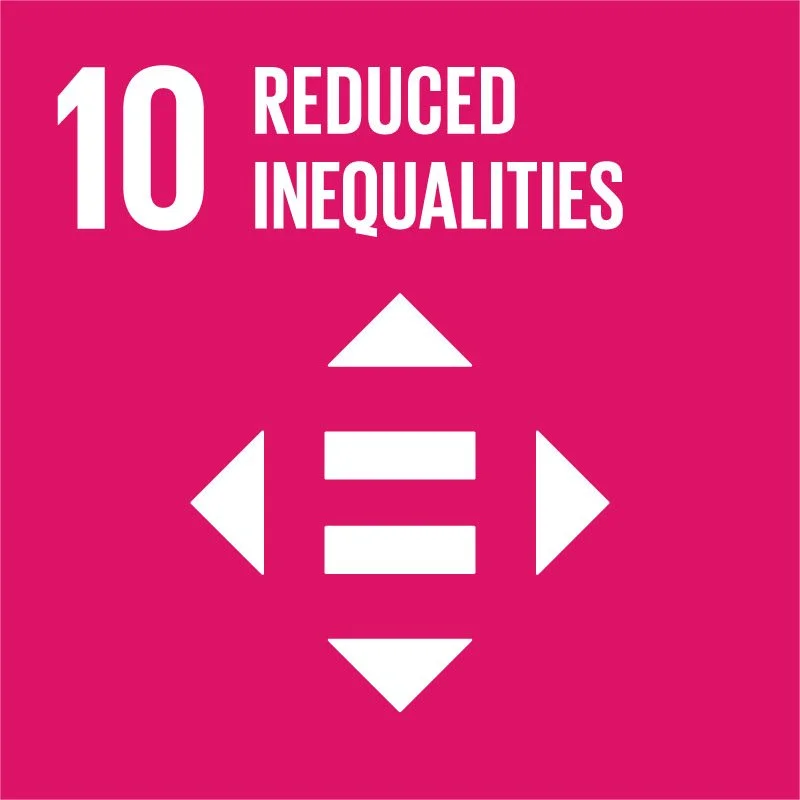Professional Design Practice 1: What is Graphic Design? (SP 1102) - (Visual Communication Design).
In this module, learners will explore the multifaceted nature of the Graphic Design profession. This module aims to give students an overview of the profession and the role of the Graphic Designer in society. Students will become aware of the variety of career options within the discipline. While engaging with the design process, students will research specific areas of interest to them as they begin to discover the requirements and demands of the design industry.
Module Delivery
This module is delivered in Semester 1, Year 1 of TU973, the Bachelor of Arts (Honours) in Design—Visual Communication, at the TU Dublin School of Art and Design.
Learning and Teaching Methods
Learning modes include weekly lectures, presentations, and hands-on demonstrations of the various topics covered in the course. This module predominantly uses project-based learning to ensure active participation and encourage students to learn by doing and reflect on their learning. Group discussions are facilitated with practical laboratory practice.
This module is delivered through lectures, workshops, class discussions, Studio projects, team-based learning, guest lecturers, group discussions, peer-based critiques, and studio visits.
Delivery will align with best practices and use student-centred, active, communicative, and problem-based methodologies. The lecturer will act as a facilitator in the classroom, ensuring students actively contribute through pair work, group work and peer learning activities. Students will receive regular feedback on their progress per the concept of ‘feedback to feedforward’. More specifically, the feedback will inform students what they need to do to improve their professional design knowledge, skills, and attitudes. The lecturer will advise them on how to amend their class materials to meet students’ needs.
The module will enable students to understand and critique design practice through real-world case studies.
Assessment
Assessments for this module include a design assignment supported by design research, concept sketches, and iterative design development toward a final proposal to answer a design brief based on module learning outcomes.
Upon successful completion of this module, the learner will be able to:
Identify basic terminology used in the industry
Name some of the leading international designers
Identify the knowledge, skills and attitudes required to become a graphic designer
Apply basic research and information skills
Document design process through notebooks
Generate multiple design solutions
Work independently and as part of a team/group
Make an oral and visual presentation
Learning Hours: Lecture 24 / Self-Directed 76
ECTS Credits: 5.
Reading List
Ambrose, G. and Harris, P. (2006) The Visual Dictionary of Graphic Design Pub. AVA Publishing [ISBN: 9782940373437].
Heller, S. and Fernandes, S. (2010) Becoming a Graphic Designer Pub. Wiley [ISBN: 9780470575567].
Jury, D. (2016) What Is Typography Pub. Ivy Press [ISBN: 9781782404217].
Livingston, A. (2003) The Thames and Hudson Encyclopaedia of Graphic Design and Designers Pub. Thames and Hudson, London, [ISBN: 0500203539].
Meggs, P.B. (1992) Type and Image Pub. John Wiley & Sons, p.220, [ISBN: 0471284920].
UN SDGs
This output contributes to the following UN Sustainable Development Goals (SDGs)





